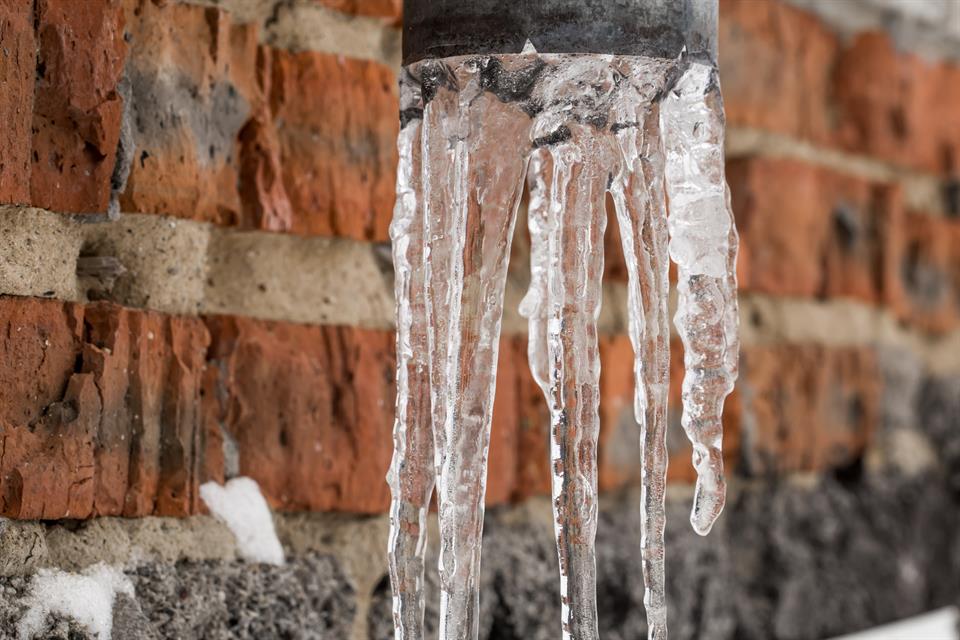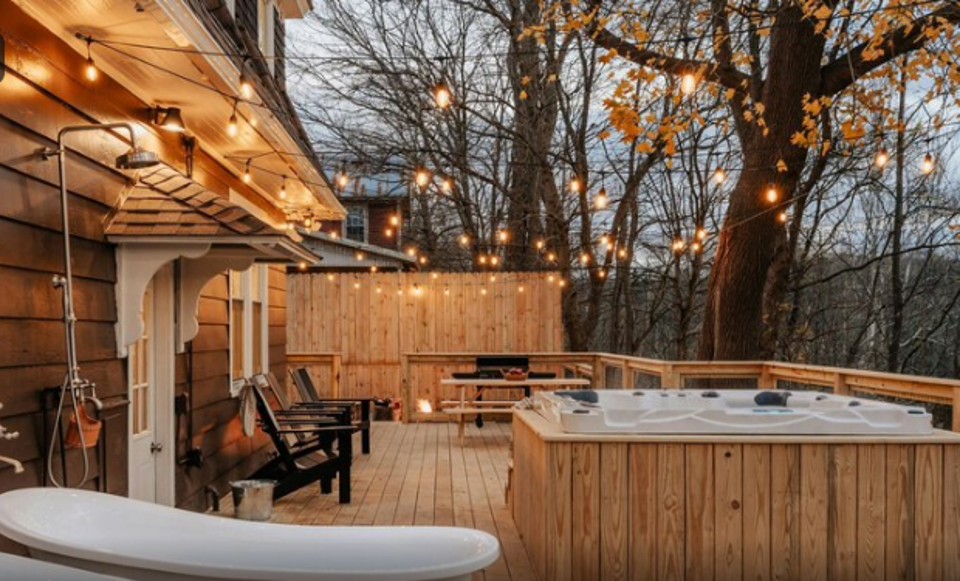Is Heat-Related Damage Covered by Insurance?
Extreme heat can take a toll on a home’s exterior, especially in hot states like Texas. Prolonged exposure to high temperatures can cause roofing materials to warp, siding to buckle, and paint to peel or blister. But whether your homeowners insurance covers that damage depends on the cause, the type of policy you hold, and the language of your coverage.
Understanding What Homeowners Insurance Typically Covers
Most standard homeowners insurance policies operate on a named-peril or all-risk basis. Named-peril policies only cover damage caused by events specifically listed in the policy, such as fire, wind, hail, or vandalism. All-risk policies, on the other hand, cover any damage not specifically excluded. Unfortunately, damage from heat alone—especially gradual heat exposure—is usually not a named peril, and many all-risk policies explicitly exclude coverage for wear and tear or long-term deterioration caused by climate conditions.
This means if your roof shingles curl or your siding warps from years of sun and heat exposure, your claim is likely to be denied. These effects are generally considered part of home maintenance rather than sudden, accidental damage.
When Heat-Related Damage Might Be Covered
There are exceptions. If extreme heat directly causes a covered peril—such as an electrical surge that starts a fire- then damage resulting from that chain of events may be covered. For instance, if excessive heat causes attic insulation to overheat and ignite a fire, the fire damage would likely fall under your policy’s fire protection clause.
Similarly, heat-related damage following a covered event may be included in your claim. If a windstorm rips off part of your roof and the exposed area then sustains additional heat damage, some insurers might treat the heat-related losses as part of the original covered peril.
Protecting Your Home and Policy
Because insurers generally exclude gradual damage caused by heat, homeowners should take preventative steps. Regular roof inspections, heat-reflective paint, and insulated siding can reduce long-term wear. Keeping maintenance records may also help support future claims if sudden or related damage occurs.
Conclusion
In most cases, homeowners insurance doesn't cover heat-related damage to roofs, siding, or paint when caused by prolonged exposure. However, harm caused by a sudden, covered threat or a chain reaction involving great heat may qualify. Reviewing your insurance with your insurer or broker will help you clarify your coverage and identify any gaps due to increased heat concerns.






